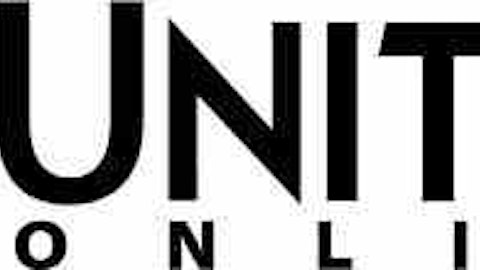The BHCA saw renewed interest after the recent financial crisis. Saule Omarova and Margaret Tahyar discuss this revival in “That Which We Call a Bank,” an article published in 2011:
The financial crisis of 2007-09 brought the seemingly obsolete statute to the forefront of regulatory reform. The key piece of post-crisis reform legislation, the Dodd-Frank Act, effectively expands the BHCA model of regulation and supervision, with some modifications, to all financial institutions designated as “systemically important” and thus subject to consolidated supervision by the Federal Reserve. …
[T]he post-crisis reform is reinventing the BHCA, which was originally intended primarily to guard against the perceived dangers of excessive concentration of financial and economic power and the emergence of diversified financial-industrial conglomerates, as the basic infrastructure for systemic risk regulation across the entire financial services sector. In effect, the BHCA regulatory regime is being adopted for a variety of financial institutions other than traditional BHCs. To what extent this approach to systemic risk regulation will be effective in practice remains to be seen.
It’s worth noting that the Dow Jones Industrial Average (Dow Jones Indices:.DJI) enjoyed a period of impressive growth from the time of the BHCA’s passage, to the passage of Gramm-Leach-Bliley, with annual gains of 7.4%. This can’t be laid solely at the feet of stringent banking regulations, since plenty of other notable economic events happened during the latter part of the 20th century — but it’s also worth noting that, even after the post-crisis recovery is taken into account, the Dow’s annualized growth rate during the Gramm-Leach-Bliley era (to the present day) has been just 2.5%.
Building the brand
A year after incorporating Pacific Aero Products in Seattle, William The Boeing Company (NYSE:BA) changed the name of his aircraft manufacturing company to Boeing Airplane Company on May 9, 1917, to better reflect his high personal stake in building it. The newly rechristened The Boeing Company (NYSE:BA) made its first sale two months later, when the U.S. Navy ordered 50 trainer seaplanes, thus launching what would become the aviation industry’s most important and most durable company.
By the end of Boeing’s first decade under its new name, the company had gained numerous military contracts and was also expanding into airmail and passenger transport. In the 1930s, The Boeing Company (NYSE:BA) became a near-monopoly in aviation under the United Aircraft and Transport Company, which contained aircraft manufacturing operations of all stripes as well as a national passenger airline. After an act of Congress barred the combination of aircraft manufacturing and air transport under the same corporate umbrella, the company split back into its major components. Boeing assumed manufacturing operations in the west, United Technologies Corporation (NYSE:UTX) — originally United Aircraft — took control of the monopoly’s eastern plants, and the national airline became United Air Lines.
The article The Most Valuable Formula Ever Created originally appeared on Fool.com and is written by Alex Planes.
Fool contributor Alex Planes has no position in any stocks mentioned. The Motley Fool owns shares of Citigroup Inc.
Copyright © 1995 – 2013 The Motley Fool, LLC. All rights reserved. The Motley Fool has a disclosure policy.

